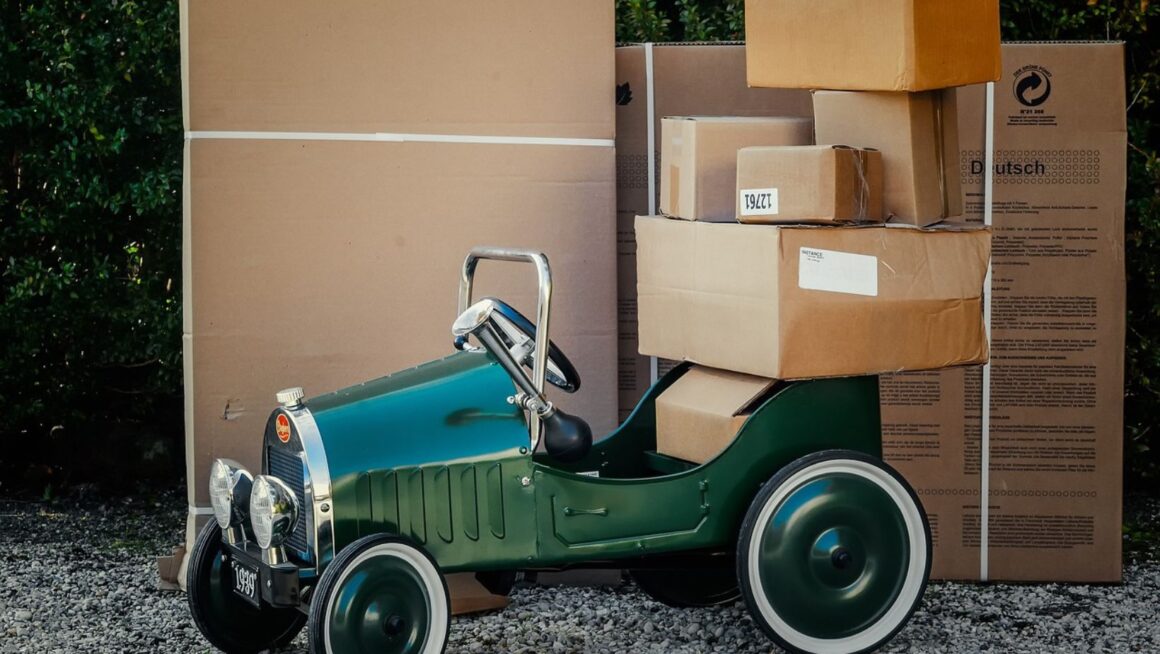In today’s environmentally conscious world, you find yourself increasingly aware of the impact packaging has on sustainability. Fortunately, technological advancements are paving the way for more eco-friendly solutions. From biodegradable materials to smart recycling technologies, you can now choose packaging options that not only protect your products but also contribute positively to the planet’s health. Dive in to discover these innovative breakthroughs.
Resealable Poring Mechanisms
Resealable pouring mechanisms significantly enhance packaging sustainability by reducing waste and extending product shelf life. Companies learning about sustainable packaging discover how these innovative features allow consumers to use only the amount needed, helping to reduce overconsumption and limit excess waste. By providing an airtight seal once resealed, these mechanisms protect the contents from exposure to air and contaminants, preserving the product’s freshness and quality.
This reduces the need for premature disposal of spoiled products and minimizes the packaging’s environmental footprint. Additionally, resealable options often lead to more convenient packaging sizes, which can decrease the overall material used. This sustainable approach not only aligns with environmentally conscious consumer values but also supports a circular economy by lowering the demand for single-use plastics and enhancing the potential for recycling and reuse of packaging materials.
Water-Soluble Packaging
Water-soluble packaging revolutionizes sustainability by significantly reducing plastic waste. These innovative materials dissolve when exposed to water, leaving no trace behind and minimizing environmental pollution. Made from polyvinyl alcohol (PVA) and other biodegradable compounds, water-soluble solutions are ideal for single-use packaging like laundry pods and water-activated adhesives. This reduces reliance on traditional plastics that can take centuries to decompose.
Moreover, these solutions support zero-waste goals as they seamlessly integrate into waste management systems without burdening landfills. Water-soluble packaging also lowers the carbon footprint, as it often requires less energy to produce and transport due to its lightweight nature. By adopting water-soluble materials, industries can make strides toward a more sustainable future, aligning with the global shift towards eco-friendly practices.
Recycled Content in Packaging
Various types of contents can be recycled and turned into packaging materials. Here are some examples:

- Post-consumer recycled plastics
- Plastics from industrial scrap
- Paper and cardboard
- Recycled glass
- Recycled aluminum
- Recycled steel
- Recycled textiles (fabric & fibers)
- Recycled wood pulp
Recycled decreases the demand for virgin materials, thereby conserving natural resources and reducing energy consumption. Utilizing post-consumer and industrial remnants for packaging lessens the environmental impact by minimizing waste sent to landfills and decreasing pollution during manufacturing processes.
This sustainable loop also reduces greenhouse gas emissions, fostering a healthier environment. Plus, recycled materials often require less energy and water to process, enhancing overall efficiency and contributing to a more circular and sustainable economy.
Biodegradable and Compostable Materials
Biodegradable and compostable materials break down naturally in the environment, reducing landfill contributions. These materials decompose through microbial activity into non-toxic components, leaving no harmful residue. Commonly made from plant-based polymers, they offer a viable alternative to conventional plastics. Implementing such materials decreases reliance on petroleum-based products, thus conserving resources and lowering carbon footprints.
Also, as these materials return nutrients to the soil when composted, they support healthy ecosystems and biodegradability facilitates waste management. By adopting biodegradable and compostable packaging, industries promote a closed-loop system, aligning with environmental goals and consumer demand for sustainable solutions, advancing a greener future.
Lightweight Packaging Design
Lightweight designs reduce the volume of materials required for production, leading to lower energy consumption and decreased carbon emissions during manufacturing and transportation. With less packaging material used, the environmental impact is minimized, conserving resources like water and raw materials. Lighter packages contribute to more efficient shipping, as reduced weight allows for greater freight capacity and fewer emissions from transport vehicles.

What’s more, the minimized material usage aids in lowering overall waste contribution to landfills. Lightweight designs can integrate recyclable and renewable materials, further enhancing their eco-friendly attributes. These improvements align with sustainable practices, fulfilling consumer demand for environmentally conscious products, and contributing to a more sustainable future for packaging industries.
Smart Sensors
Smart sensors can monitor and collect real-time data on environmental conditions such as temperature, humidity, and pressure, ensuring products remain in optimal conditions throughout their lifecycle. This prevents spoilage and extends shelf life, reducing the need for frequent replacements and lowering resource consumption.
Further, smart sensors enable better inventory management by providing precise tracking and forecasting, thus minimizing overproduction and excess packaging use. Furthermore, they facilitate smart recycling by identifying materials contained in packaging, streamlining sorting processes, and improving recycling efficiency. Altogether, smart sensors promote a sustainable packaging ecosystem by conserving resources, reducing waste, and supporting circular economy practices.
Incorporating these innovative packaging technologies empowers you to make environmentally responsible choices that align with your sustainability goals. By opting for smarter, eco-friendly packaging solutions, you significantly decrease your carbon footprint and promote a healthier planet. These advancements ensure your practices stay aligned with eco-conscious values while supporting the global shift towards a more sustainable future for generations to come.

